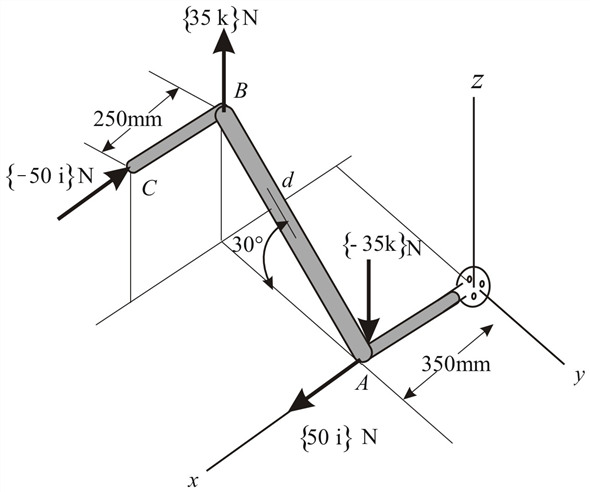

Hier-Majumder CA, Travis BJ, Belanger E, Richard G, Vincent AP, Yuen DA (2006) Efficient sensitivity analysis for flow and transport in the Earth’s crust and mantle. Hier-Majumder CA, Belanger E, DeRosier S, Yuen DA, Vincent AP (2005) Data assimilation for plume models. Hadamard J (1902) Sur les problèmes aux dérivées partielles et leur signification physique. doi: 10.1029/2001GC000299įorte AM, Mitrovica JX (1997) A resonance in the Earth’s obliquity and precession over the past 20 Myr driven by mantle convection. Chapman & Hall/CRC, Boca RatonĬonrad CP, Gurnis M (2003) Seismic tomography, surface uplift, and the breakup of Gondwanaland: integrating mantle convection backwards in time.

Volume II: applications to large-scale systems. Chapman & Hall/CRC, Boca RatonĬacuci DG, Ionescu-Bujor M, Navon IM (2005) Sensitivity and uncertainty analysis. Geophys J Int 152:280–301Ĭacuci DG (2003) Sensitivity and uncertainty analysis.

Phil Trans R Soc A 360:2545–2567īunge H-P, Hagelberg CR, Travis BJ (2003) Mantle circulation models with variational data assimilation: inferring past mantle flow and structure from plate motion histories and seismic tomography. Cambridge University Press, Cambridgeīunge H-P, Richards MA, Baumgardner JR (2002) Mantle circulation models with sequential data-assimilation: Inferring present-day mantle structure from plate motion histories. Elsevier, San Diegoīennett AF (1992) Inverse methods in physical oceanography. Answers to problems available within the book and also online, for self-testing, complete the textbook package.Aster RC, Borchers B, Thurber CH (2005) Parameter estimation and inverse problems, vol 90, International geophysics series. Exercises within the text allow students to put the theory into practice as they progress through each chapter and carefully selected further reading sections guide and encourage them to delve deeper into topics of interest. The book has been brought fully up to date with the inclusion of new material on planetary geophysics and other cutting edge topics. This third edition has two completely new chapters covering numerical modelling and geophysical MATLAB® applications, and the text is now supported by a suite of online MATLAB® codes that will enable students to grasp the practical aspects of computational modelling. Essential reading for any Earth scientist, this classic textbook has been providing advanced undergraduate and graduate students with the fundamentals needed to develop a quantitative understanding of the physical processes of the solid earth for over thirty years.


 0 kommentar(er)
0 kommentar(er)
